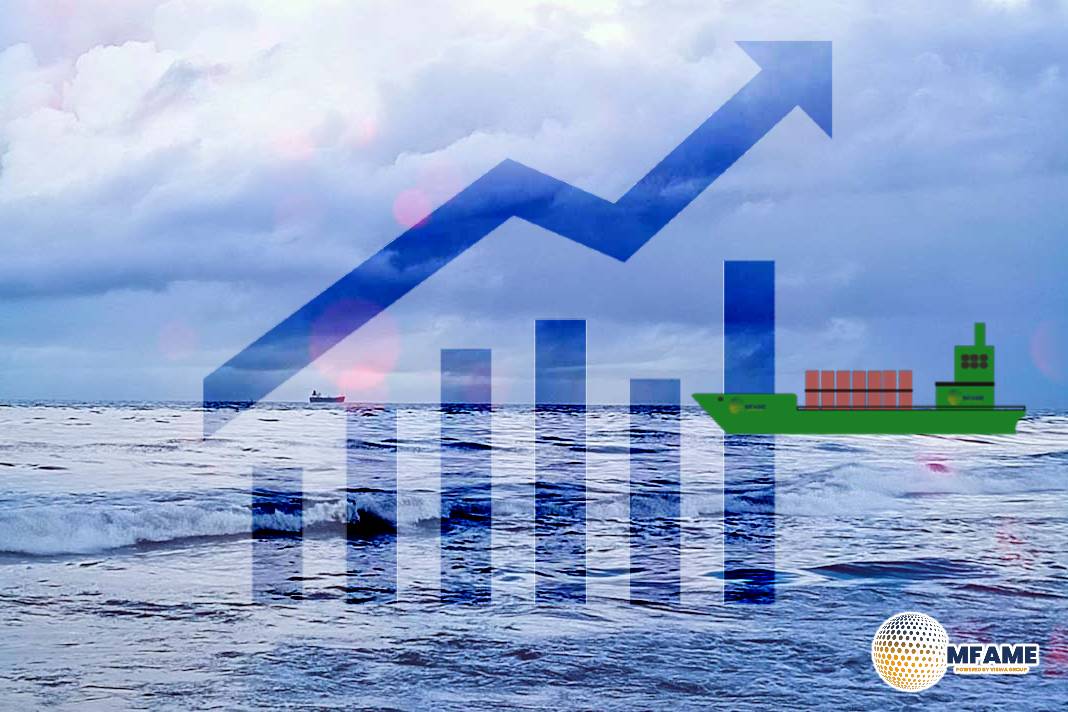- Global iron ore shipments have fallen 7% y/y, during the first seven weeks of 2025, amid supply disruptions and weak Chinese import demand.
- Australian cargoes have fared the worst, down 10% y/y while shipments from Brazil have weakened by 5% y/y.
BIMCO Shipping Analysis Manager Filipe Gouveia noted that global iron ore shipments had fallen 7% in the first seven weeks of 2025 due to supply disruptions and low Chinese demand.
Weakening in iron ore shipments
Australia iron ore cargoes are were down 10% in the first seven weeks of the year while Brazilian shipments were 5% down. Last week saw Australia’s Port of Hedland closed for three days due to Cyclone Zelia reducing iron ore exports by 55% year-on-year for the seven-day period.
“The weakening in iron ore shipments has contributed to a slump in freight rates. So far this year, the Baltic Dry Index (BDI) has on average been down 44% year-on-year. Furthermore, the capesize segment has performed even worse, with rates taking a 55% year-on-year hit,” said Gouveia.
In their bi-weekly dry bulk shipping report Breakwave Advisors note the Capesize market had hit multi-year lows due to the limited cargo flow and an oversupply of vessels. It described the futures market as the sole source of optimism in a subdued market with freight futures pricing a substantial increase in spot rates in under a month.
“The Pacific market, particularly West Australia, has been significantly impacted by multiple storms, leading to slower iron ore exports. As a result, pent-up demand could drive increased activity in the region. In the Atlantic, cargo flow has improved, but the high number of open vessels has contributed to the recent decline in spot rates. Looking ahead to late March, we anticipate a better supply-demand balance, which should support a recovery in rates,” Breakwave said.
The report said that the coming days would be critical for the optimists, however, said that while in their view the probability of a spike in spot rates was real the forward curve was overly optimistic on both its extent and sustainability.
On the demand side BIMCO noted Chinese domestic steel demand remained weak and 44% increase in steel exports on bulk carriers was unlikely to compensate for weak domestic demand. Iron ore inventories have also remained high at Chinese ports since July last year.
China accounts for 74% of iron ore shipments by destination, while Japan and Korea account for an additional 10%, but they have also seen an 8% drop in demand at the start of 2025.
“We expect that growing steel demand outside of China could keep iron ore shipments from falling compared to 2024 levels, but the outlook remains cloudy. Tariffs on steel products, particularly those from China, have increased. This could cause steel export growth to slow and weaken production by key iron ore importers,” said Gouveia. “Lastly, uncertainty remains regarding the strength of the Chinese economy which could greatly impact global iron ore import demand.”
Did you subscribe to our daily Newsletter?
It’s Free Click here to Subscribe!
Source: BIMCO















